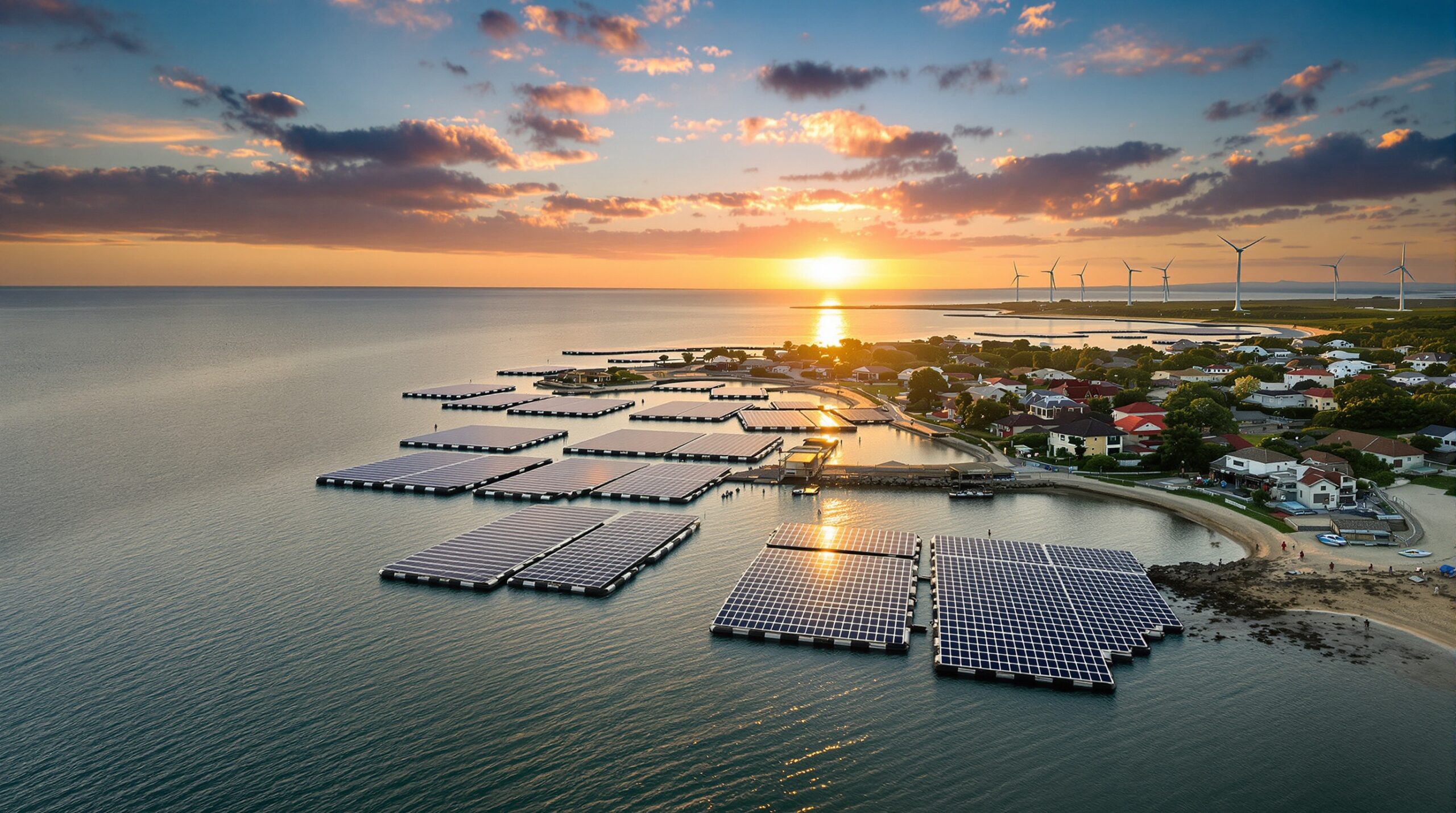Many coastal towns are experimenting with floating solar farms as a way to address energy stability and environmental sustainability. These innovative systems harness solar power from panels mounted on waterborne platforms. Researchers and local governments see this as a solution to land scarcity and the need for resilient power grids. Floating solar offers a range of benefits and challenges that are shaping the future of renewable energy in coastal regions.
Addressing Power Grid Instability in Coastal Communities
Coastal towns often face unique electrical grid instability due to factors such as harsh weather, rising populations, and increased demand. These conditions make traditional land-based energy solutions less reliable and scalable. Power outages can disrupt essential services, endanger public safety, and impact local economies. To combat these issues, municipalities are turning to floating solar farms as a supplemental energy source.
By using water surfaces for solar installations, towns can expand their clean energy output without competing for scarce land resources. This strategy also helps to diversify the energy mix and build greater resilience to climate-related disruptions.
How Floating Solar Farms Work
Floating solar farms, also called floatovoltaics, consist of solar panels mounted on buoyant platforms anchored in lakes, reservoirs, or sheltered coastal areas. These panels are connected through cables to onshore inverters, which convert the generated electricity into a usable form for the local grid. Engineers design the floating structures to withstand wind, waves, and tidal changes while ensuring minimal environmental impact.
The water beneath the platforms keeps the panels cool, improving their efficiency by up to 15 percent compared to land-based systems. This cooling effect enables higher electricity output, making the technology highly attractive for densely populated coastal regions. Maintenance crews access the installations via floating walkways, allowing for easy repairs and inspections.
Notable Coastal Projects and Early Results
Several coastal towns have already launched pilot projects for floating solar farms. For example, towns in Japan and the Netherlands are pioneering large-scale installations. In Sausalito, California, a municipal partnership has deployed solar panels on a section of the local marina, hoping to provide clean energy for homes and businesses.
Early data shows promising results. During periods of peak sunlight, the floating solar plant in the Japanese coastal town of Kato has generated enough electricity to power hundreds of households. The Netherlands’ project on the Oostvoornse Meer lake supports local grid stability by feeding excess power back into the grid during high-demand periods. These outcomes suggest that floating solar can significantly strengthen grid reliability in coastal communities.
Environmental and Economic Benefits
Floating solar farms can help mitigate climate change by reducing dependence on fossil fuels and lowering greenhouse gas emissions. Using water surfaces for solar installations prevents deforestation and avoids the displacement of farmland. Fish and aquatic plants benefit from decreased water temperatures and reduced algal blooms due to increased shading.
Coastal towns also stand to gain economically from floating solar. The renewable energy sector can create jobs in engineering, manufacturing, and maintenance. Local governments may see lower energy costs and new revenue streams from utilities that buy back surplus electricity. Some floating solar projects also serve dual purposes as tourist attractions or community education centers, providing even more value.
Challenges of Implementing Floating Solar Farms
While floating solar technology is promising, several challenges must be addressed before widespread adoption. Corrosion from saltwater, powerful winds, and marine growth can damage components, increasing maintenance requirements. Some environmentalists worry about long-term impacts on aquatic ecosystems, including changes in water quality and habitat loss for some species.
Navigational hazards are another concern for local fishermen and boaters. Municipalities must coordinate closely with community members and regulatory agencies to ensure safe and responsible deployment. Permitting processes and upfront costs can be significant obstacles, but advances in materials and design are helping to lower these barriers in many areas.
Integrating Floating Solar with Local Power Grids
Effective integration of floating solar farms with existing power infrastructure requires robust grid management. Operators use smart grid technology to balance fluctuating electricity supply with changing demand. Batteries and other forms of energy storage absorb surplus power during sunny periods and release it during cloudy days or at night.
Hybrid systems that combine floating solar with wind, tidal, or traditional power sources can provide even greater stability. Coastal towns are investing in training for utility workers and emergency planners to adapt to these new technologies. Grid operators also monitor performance in real-time and can quickly dispatch maintenance teams when issues arise.
The Path Forward for Coastal Clean Energy
Floating solar farms are rapidly gaining recognition as an effective tool for stabilizing local power grids in coastal towns. These projects offer clear benefits in energy production, environmental protection, and community resilience. As technology improves and lessons are learned from early adopters, more towns are likely to follow suit.
Addressing the technical and regulatory hurdles will be crucial for continued progress. Incentives, public-private partnerships, and ongoing research will play a vital role in scaling up these solutions. With careful planning, floating solar farms could help coastal communities achieve long-term energy stability while protecting valuable land and marine resources.
Conclusion
Testing floating solar farms is an important step forward for coastal towns seeking to stabilize their power grids and embrace renewable energy. With ongoing investment and community involvement, this technology could become a mainstay of clean energy strategies, ensuring both reliability and sustainability for generations to come.


